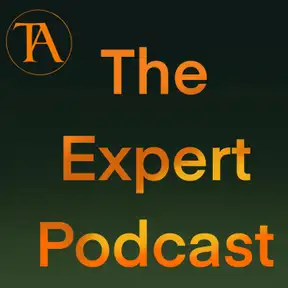Demand Destruction Explained: Why People Suddenly Stop Buying
Download MP3📌 Episode Description:
- What exactly is demand destruction?
- How it connects to inflation, gas prices, and overall economic activity.
- Real-life example: A driver continues their regular travel routine even as gas prices rise from $3 to $5 per gallon—until the cost becomes too much and they begin to drive less.
- Demand destruction kicks in not when you switch brands or buy cheaper items, but when you buy less overall.
- Grocery bills rising slowly over time also reflect this shift—eventually leading consumers to cut back on quantity, not just brand preference.
- As consumers buy less, stores sell less—causing a ripple effect in supply chains, production, and staffing.
- This chain reaction leads manufacturers to produce fewer items, which can hurt employment and shrink the economy.
- The $10 trillion stimulus during 2021 delayed this effect, but now that the extra cash is drying up, demand destruction is becoming more visible.
- Businesses may not lower prices even when demand drops, due to high fixed costs and thinner margins.
- In fact, prices may rise further as companies try to make up for lost volume by increasing unit prices.
- The irony: less demand doesn't always equal lower prices—especially during inflationary periods.
- Demand destruction can quietly fuel recessions, and even depressions, due to compounding effects at each layer of the economy.
- We ask you: Are you seeing signs of demand destruction in your daily life? Buying less gas, food, or skipping trips?

